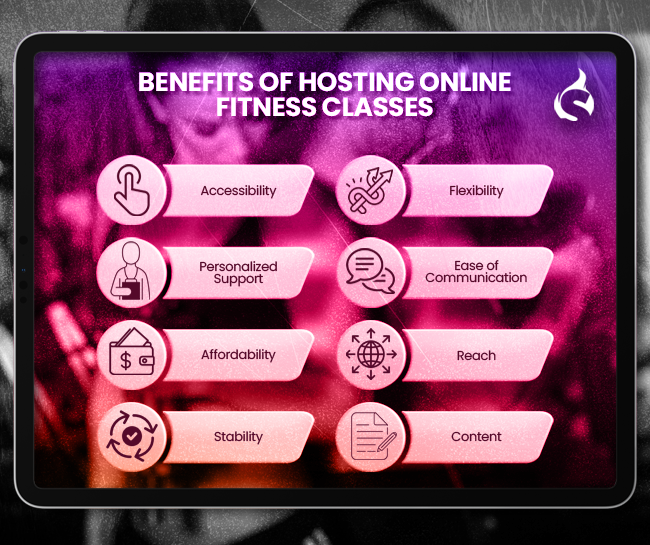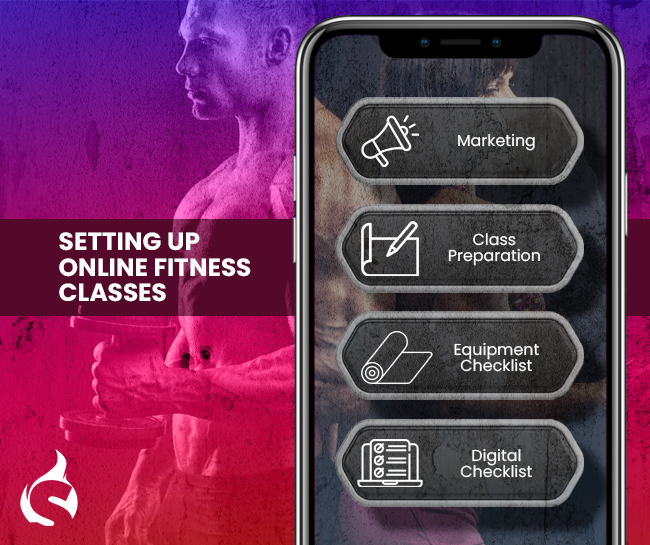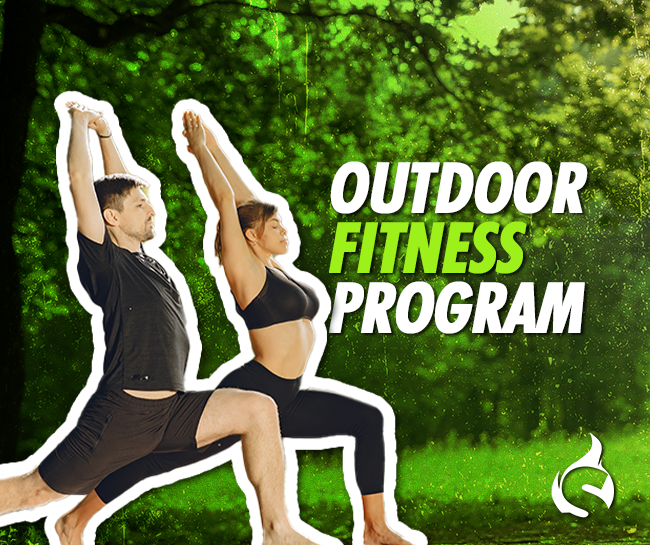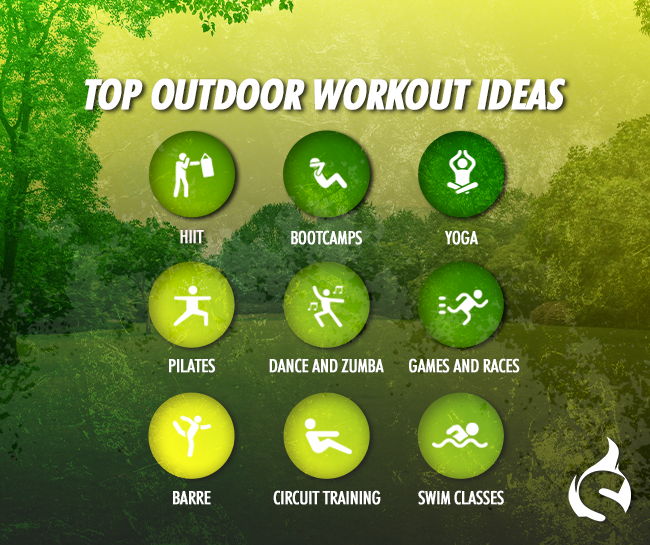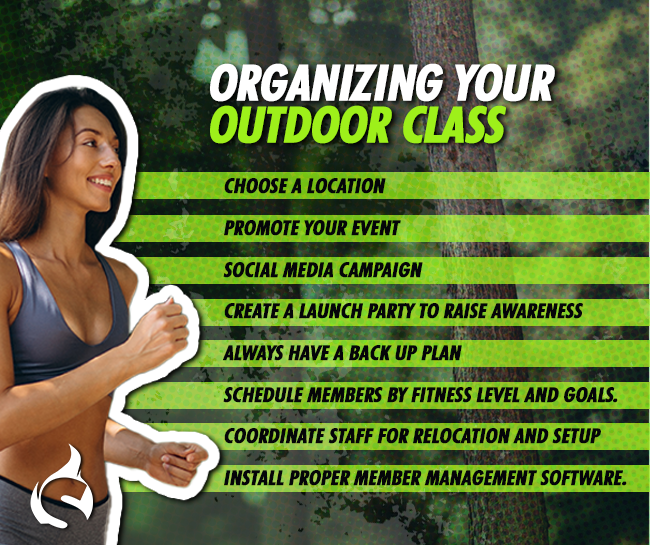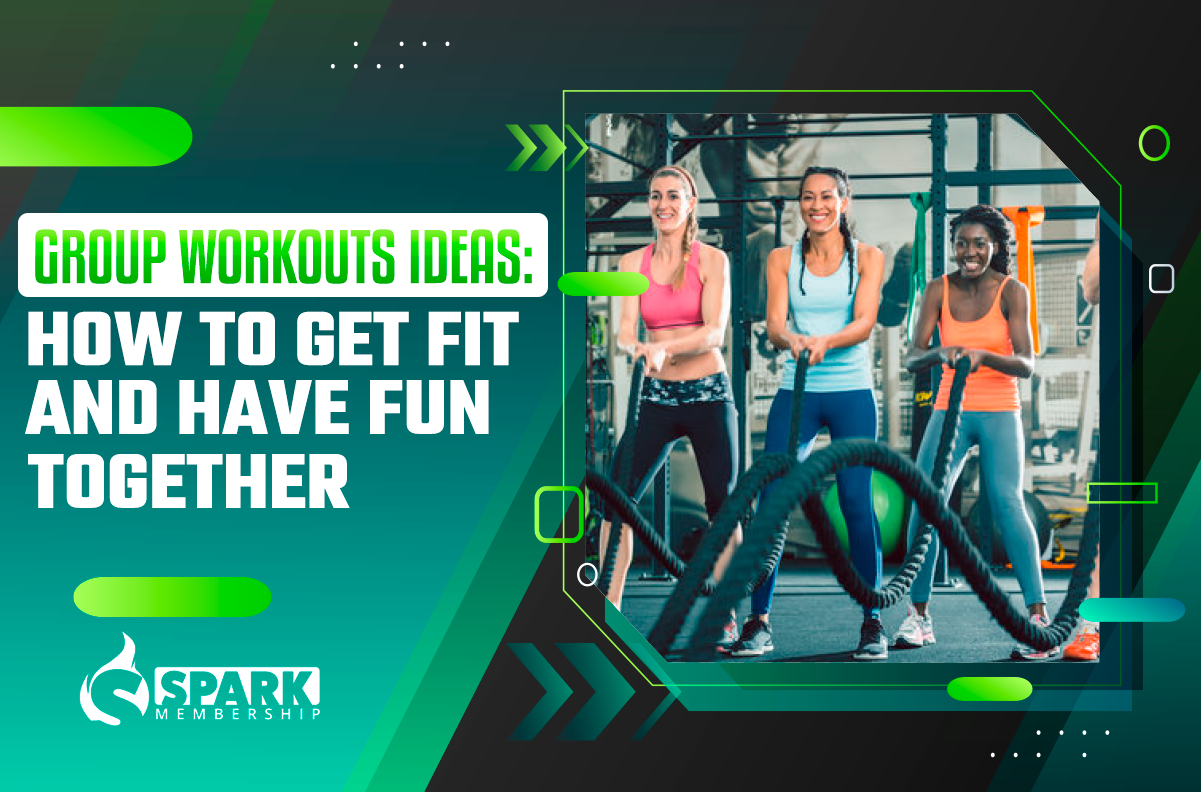
If you’re looking for a way to stay motivated and make exercise more fun, group workouts are a great option. Not only do they provide a sense of community, but they also help you push yourself harder and stay accountable. In this article, we’ll explore some group workout ideas that will help you get fit and have fun at the same time.
Why Group Workouts Are Beneficial
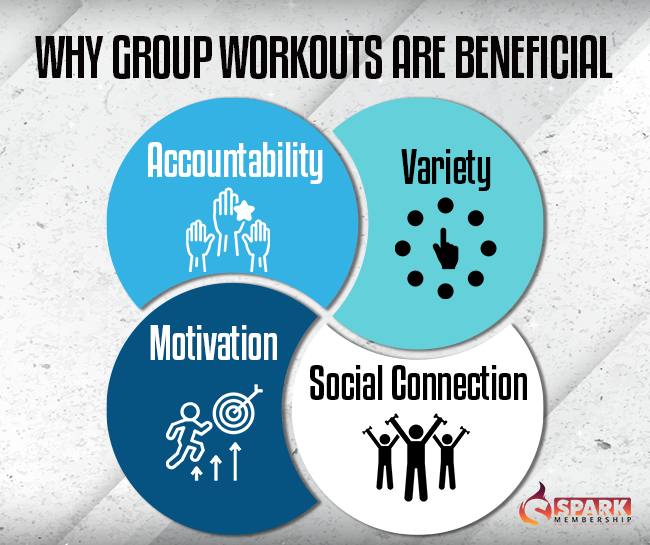
Before we dive into the specific workouts, let’s discuss why group workouts are beneficial. Here are some of the main advantages:
- Accountability
When you’re working out with a group, you’re less likely to skip workouts or give up on your goals. The group can hold you accountable and motivate you to keep going.
- Variety
Working out with a group allows you to try new exercises and activities that you might not have tried on your own. This can keep your workouts fresh and exciting.
- Motivation
Exercising with others can be incredibly motivating. When you see your peers pushing themselves, it can inspire you to work harder and achieve more.
- Social Connection
Group workouts provide an opportunity to connect with others who have similar interests and goals. This can help build friendships and provide a sense of community.
💡 Sweat, support, and succeed together with group workouts that offer fun, motivation, and accountability.
Group Workout Ideas
Now that we’ve covered the benefits, let’s explore some group workout ideas that you can try.
- Bootcamp
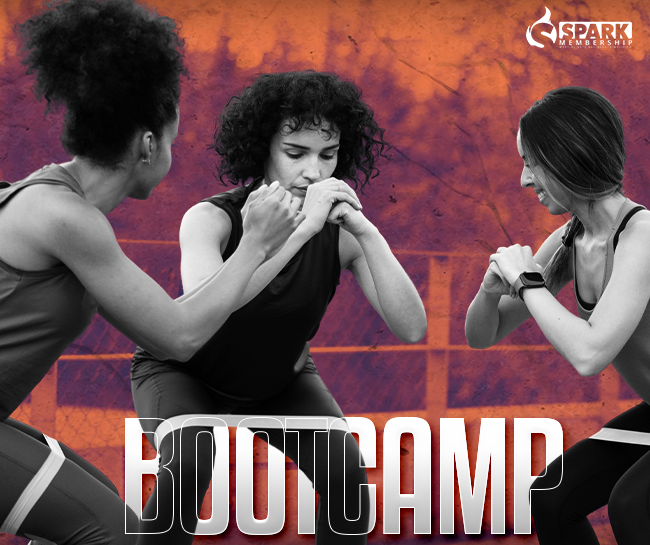
Bootcamp workouts are intense, high-energy workouts that typically include a combination of strength training and cardio. They can be done indoors or outdoors and often involve the use of equipment such as dumbbells, kettlebells, and resistance bands. Bootcamp workouts are great for building strength and endurance.
- Dance Fitness
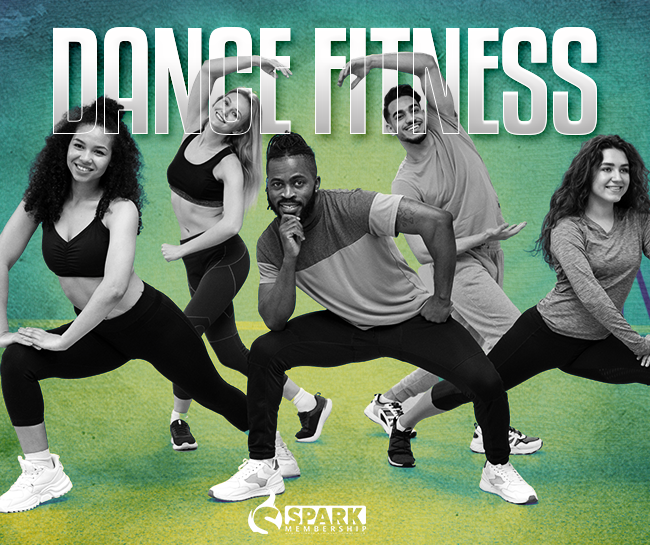
Dance fitness classes like Zumba, Hip Hop, or Bollywood workouts can be a lot of fun. They’re high-energy, upbeat, and provide a full-body workout. Plus, dancing is a great way to release stress and express yourself.
- Yoga
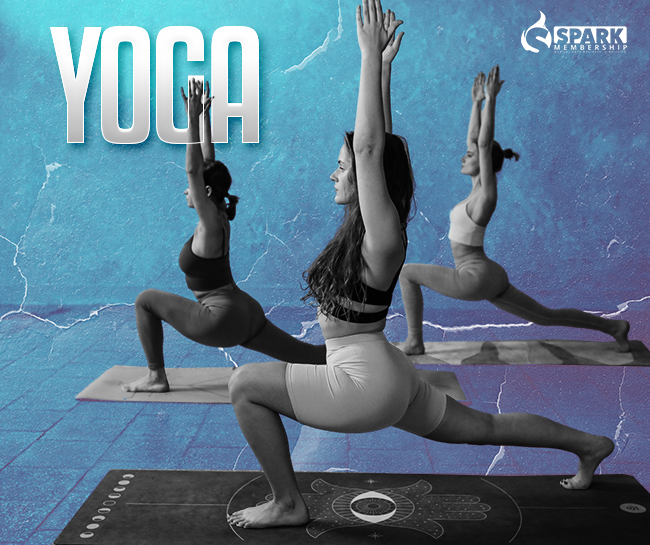
Yoga is a great way to build strength, flexibility, and balance. Many yoga studios offer group classes, which can be a fun and supportive way to practice yoga. Yoga classes are often available in a variety of styles, such as Vinyasa, Hatha, and Yin.
- Group Personal Training
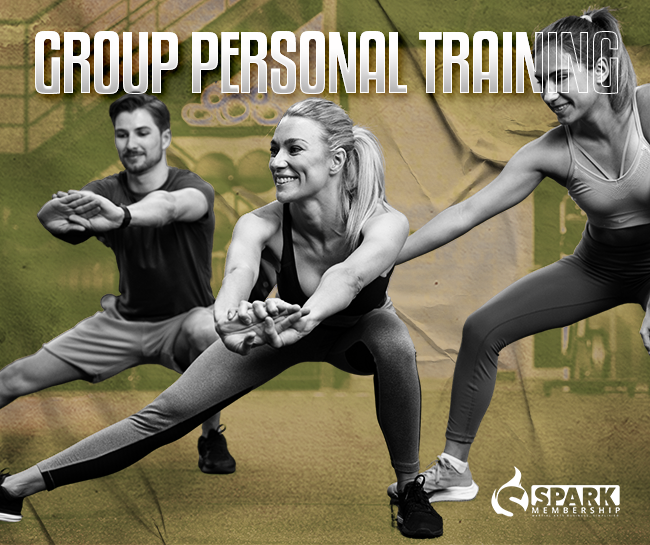
Group personal training sessions are a great way to get personalized attention from a trainer while still enjoying the benefits of a group workout. These sessions can be tailored to your specific fitness goals and can be done at a gym or outside.
- Running Groups
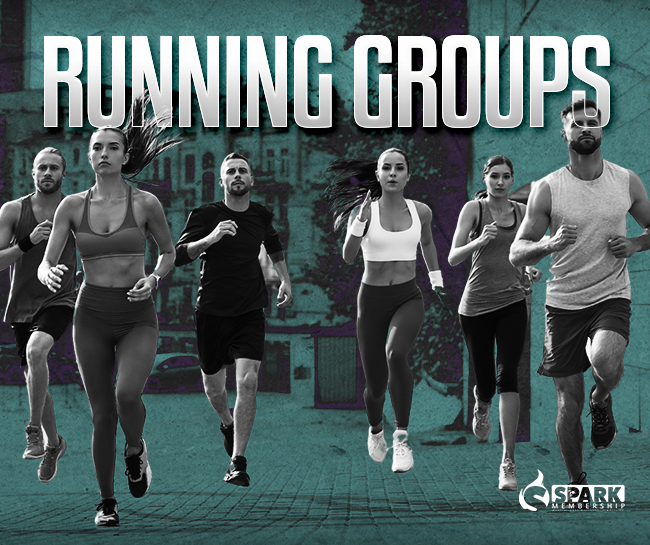
Running groups provide a great opportunity to connect with other runners and train together. Whether you’re a beginner or an experienced runner, there’s a group out there for you. Running with others can help keep you motivated and improve your speed and endurance.
- HIIT (High-Intensity Interval Training)
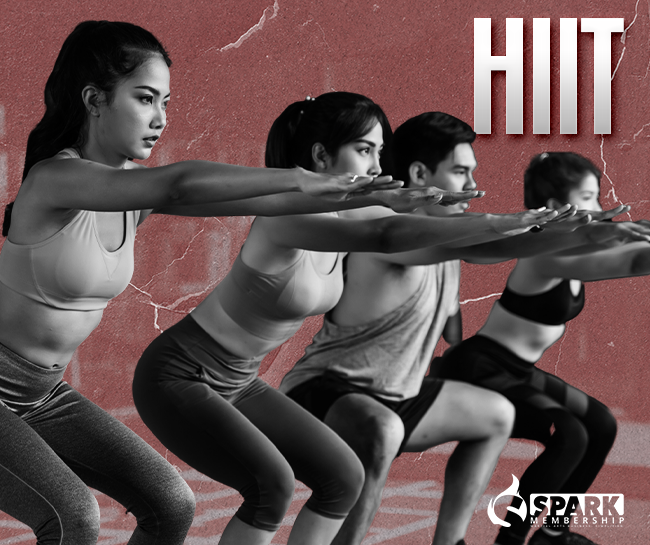
HIIT workouts are intense, full-body workouts that involve short bursts of high-intensity exercise followed by brief periods of rest. They can be done with or without equipment and are great for building endurance, burning calories, and improving overall fitness.
💡 HIIT: the ultimate group workout game-changer, delivering a killer fitness boost in less time, while having fun together.
- CrossFit
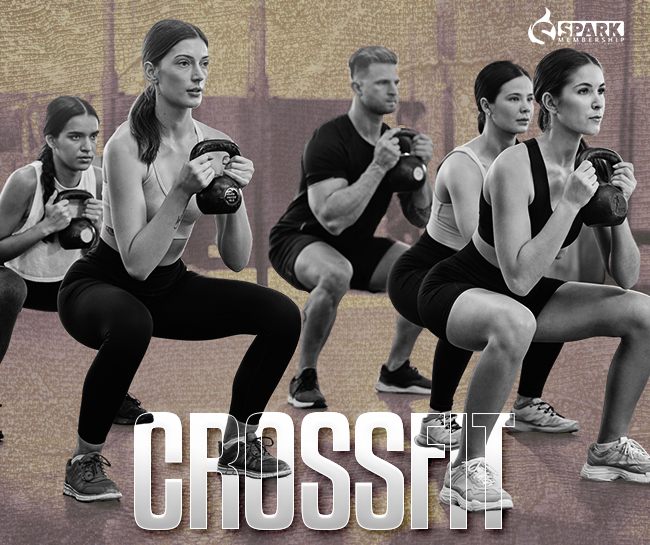
CrossFit is a popular group workout option that focuses on functional movements such as squats, deadlifts, and pull-ups. CrossFit workouts are high-intensity and incorporate a variety of exercises to provide a full-body workout.
- Barre
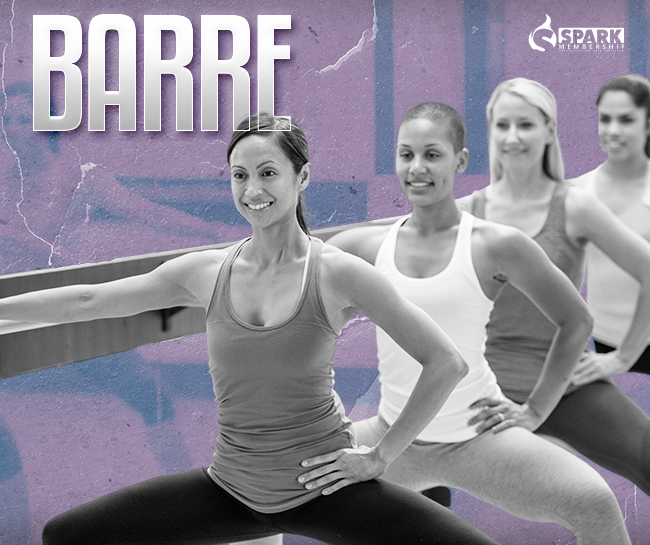
Barre workouts combine ballet-inspired movements with strength training and cardio. They’re low-impact, but still challenging, and are great for toning and sculpting muscles.
- Outdoor Workouts
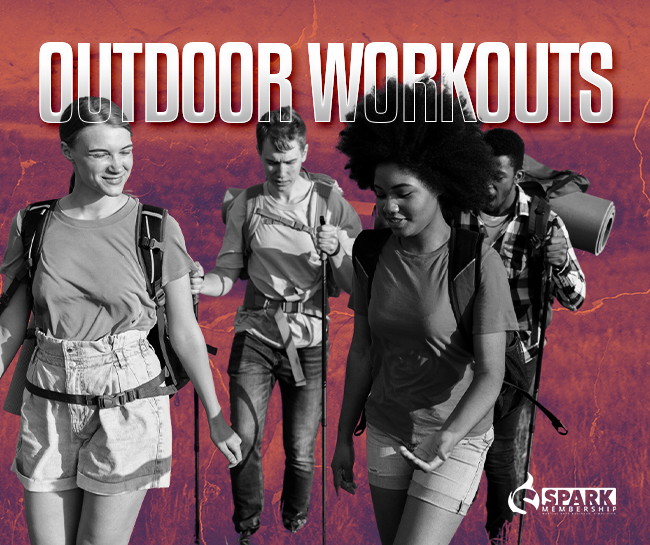
Outdoor workouts are a great way to get some fresh air and sunshine while exercising. Activities like hiking, kayaking, and rock climbing provide a full-body workout and can be done with a group.
- TRX
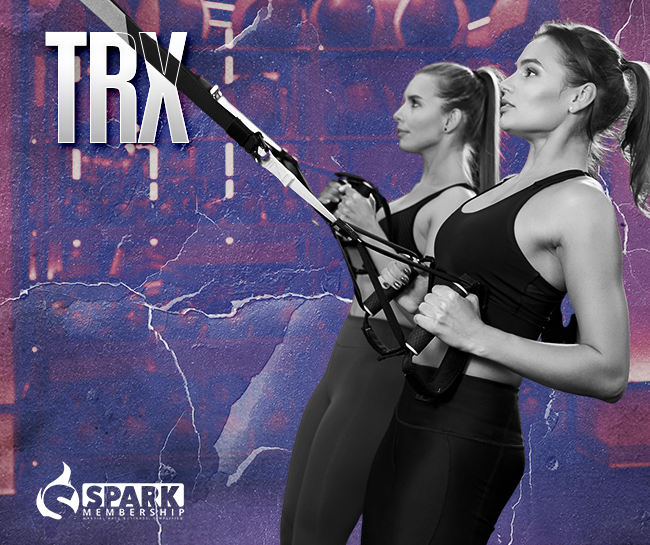
TRX is a suspension training system that uses straps and your own body weight to provide a full-body workout. TRX classes are often offered at fitness centers and are great for building strength and improving balance and stability.
- Martial Arts

Martial arts classes like karate, taekwondo, and kickboxing can be a fun and challenging way to get fit. They provide a full-body workout, improve flexibility and balance, and can teach self-defense skills.
💡Martial arts are not just a workout, but a journey of self-discovery and growth. Practicing with a group not only adds to the fun, but also cultivates a sense of community and support on this transformative path to physical and mental fitness.
Group workouts are a great way to stay motivated, try new activities, and connect with others who have similar fitness goals. Whether you prefer high-intensity workouts like bootcamp and HIIT, or more low-impact options like yoga and swimming, there’s a group workout out there for you. So grab a friend or two and try something new today!
Fitness is not just about working out; it’s a lifestyle. The Fitness Newsletter Ideas article offers practical and engaging tips to help readers incorporate fitness into their daily routines and achieve their health goals. Whether you’re a fitness enthusiast or a beginner, this newsletter is a must-read for anyone looking to improve their overall well-being.
Take your membership program to the next level! With its user-friendly platform and powerful features, Spark makes it easy to manage your members, create engaging content, and grow your community.

